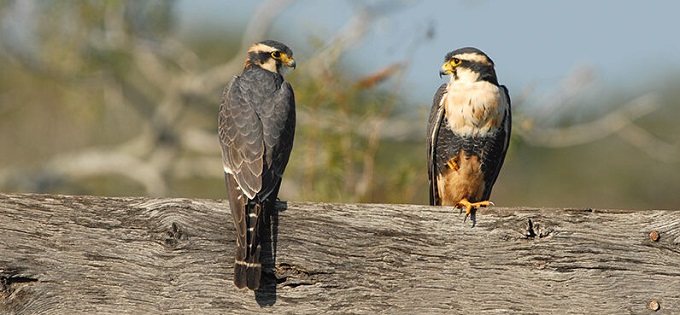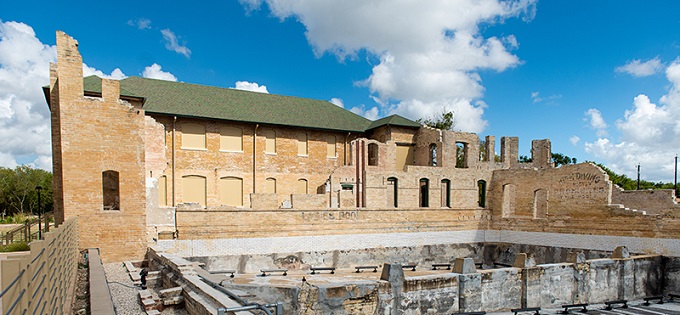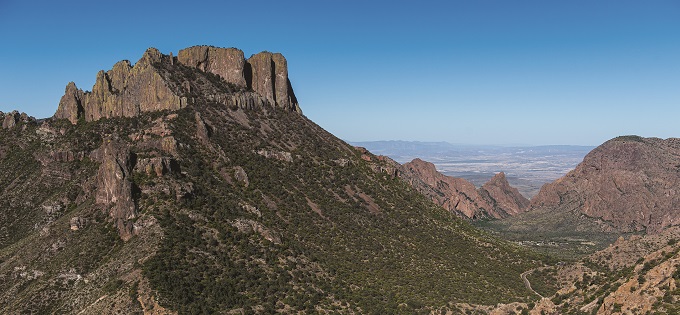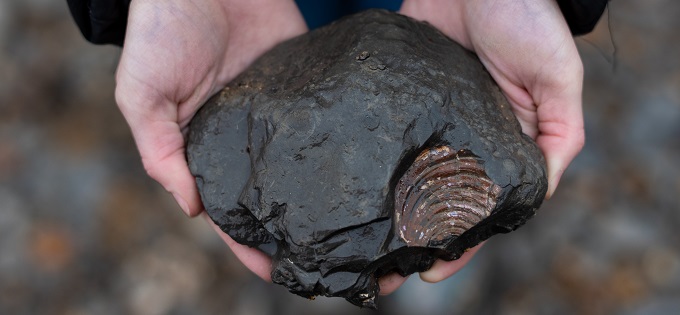Updating your browser will give you an optimal website experience. Learn more about our supported browsers.
Finders-keepers at Ladonia Fossil Park
Texas contains many lucrative Cretaceous-era fossils sites that geologists and fossil hunters flock to. Some of them are not only open to the public, but also adhere to “finders-keepers”.
Story and photo by Rebecca L. Bennett
Roughly 100 million years ago during the Cretaceous Period, much of present-day Texas was covered by a shallow sea that teemed with life. In those days, familiar creatures such as ancient species of sharks, fish and sea turtles, swam among the earliest forms of microscopic plant life, dodging now-extinct water giants like mosasaurs, floating ammonites and baculites, and wading surface-dwellers like mastodons and woolly mammoths.
The sea floor, too, exploded with life, providing an optimal environment for all manner of bottom-dwelling creatures, such as oysters, clams and snails, to thrive.
According to the Dallas Paleontological Society, when these flora and fauna died, they were buried in layers of clay and silt on the ocean floor. Geologic and climate events created thick layers of shale — the perfect conditions for the bones, teeth, shells and even full skeletons of these creatures to be entombed and preserved throughout history.
In present times, geologists and fossil hunters flock to specific areas where these Cretaceous-era fossils are most easily discovered. Texas contains many of these lucrative sites — and some of them are not only open to the public, but also adhere to a “finders-keepers” mentality, ensuring that visitors get to keep anything they find.
One such site is Ladonia Fossil Park. Located 75 miles northeast of Dallas at the convergence of Texas Highway 34 and the North Sulphur River, the park provides treasure hunters of all experience levels with the opportunity to unearth ancient fossils from its silty riverbed, especially after erosion and heavy rains churn up long-buried layers of fossil-rich sediment.
The park is distinctly rugged. Visitors who wish to dig for fossils must first make their way across rocky, challenging terrain to the riverside, and climb down the steep riverbank.
However, determined visitors have discovered a vast variety of natural artifacts while digging in the riverbed. Most commonly, treasure hunters find fossilized sea creatures such as belemnites, ammonites, rudists as well as ancient clam and oyster shells, worm tubes, arrowheads and petrified plants.
Others have dug up shark teeth, shell-wearing creatures such as bivalves, gastropods and nautilus, and even the bones of mastodons, camel, bison, mosasaurs, woolly mammoths and sea turtles. The most prized fossils are usually scooped up by experienced fossil enthusiasts who know exactly where and when to hunt.
The Bois d’Arc Chapter of Texas Master Naturalists, the Dallas Paleontological Society, Fannin County, the City of Ladonia and local schools frequently host events at the park to educate the public about the natural history of the area and facilitate community digs.
Ladonia Fossil Park is open every day during daylight hours, except when the river is flowing. The park is exposed and there are no facilities on-site, so wear protective clothing, bring your own water, sunscreen, bug spray, digging tools and snacks.
Sources: Cocladonia.org/Ladonia-Fossil-Park; Ladonia Fossil Park; DallasPaleo.org; SmithsonianMag.com; KETR.org
Related Content

06.09.2020
Restoring the Aplomado Falcon to Texas
The endangered Aplomado Falcon used to thrive in western and southern Texas — especially along the coast. Nueces County, in partnersh...
Read more
06.08.2020
Soak up history at San Antonio county park
From luxury spa to county park, Hot Wells of Bexar County is the latest incarnation of a place that’s attracted visitors for more tha...
Read more
06.09.2020
Top 5 Texas natural wonders
Visitors and native Texans alike have plenty to choose from when it comes to seeing nature’s beauty. These five natural wonders are a...
Read more